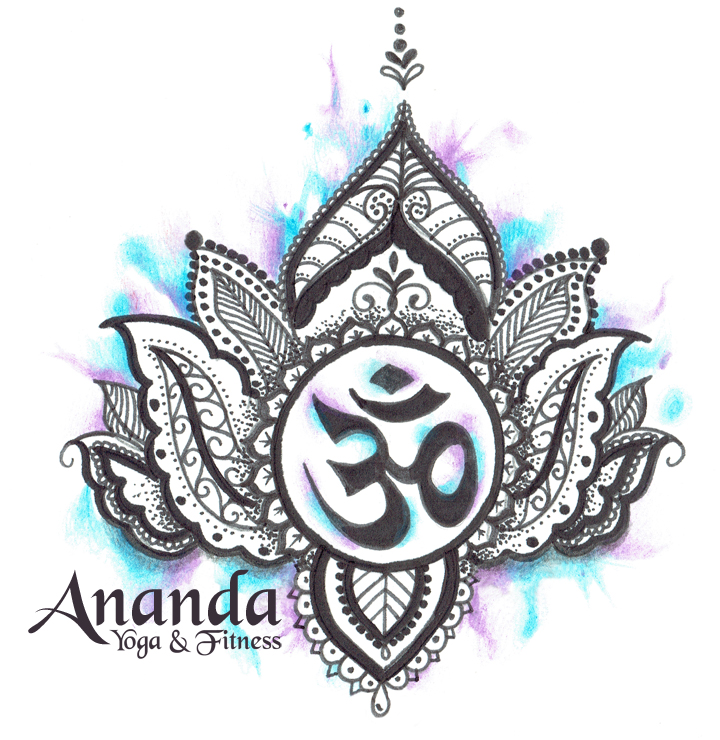Self-Study Assignment for Breath Awareness
Remember to keep setting aside 15 minutes at the same time every day to do the practice below. Schedule it in your calendar, ideally for first thing in the morning, before your household stirs. But don’t sacrifice sleep: Go to bed 15 minutes earlier than usual so that no sleep is missed.
1. Set up in constructive rest. For 5 minutes:
Observe your exhalation
Observe your belly rising and falling
Notice your eyes depressurizing
2. Take a seated position with your knees adequately supported. For 5 minutes:
Notice the curve in your lower back
Observe the placement of your arms (rest the backs of your hands on the middle of your thighs, palms facing up)
3. Move into Savasana. For 5 minutes:
Practice inhale, exhale, and pause
Notice the weight of your arms
Notice the emptiness of your belly
Notice the softness of your face
Reflection
Observe your “breath print” before beginning to attempt to manipulate or regulate your breath. Initially, it is important to become established in mindful breathing and to practice Shamata (tranquility/ease) on the breath. This will bring quiet and a sense of calmness to your respiratory rhythm.
Notice your “breath print”. Does it feel constricted, rough, expansive or irregular? Inquire whether you feel more ease on your inhale or your exhale. Which phase of the breath comes easier for you?
Iyengar once said that it is as difficult to explain prana as it is to explain god. Reflect on this idea in your meditation and pranayama as you explore your breath print. What comes to you in your reflection?
